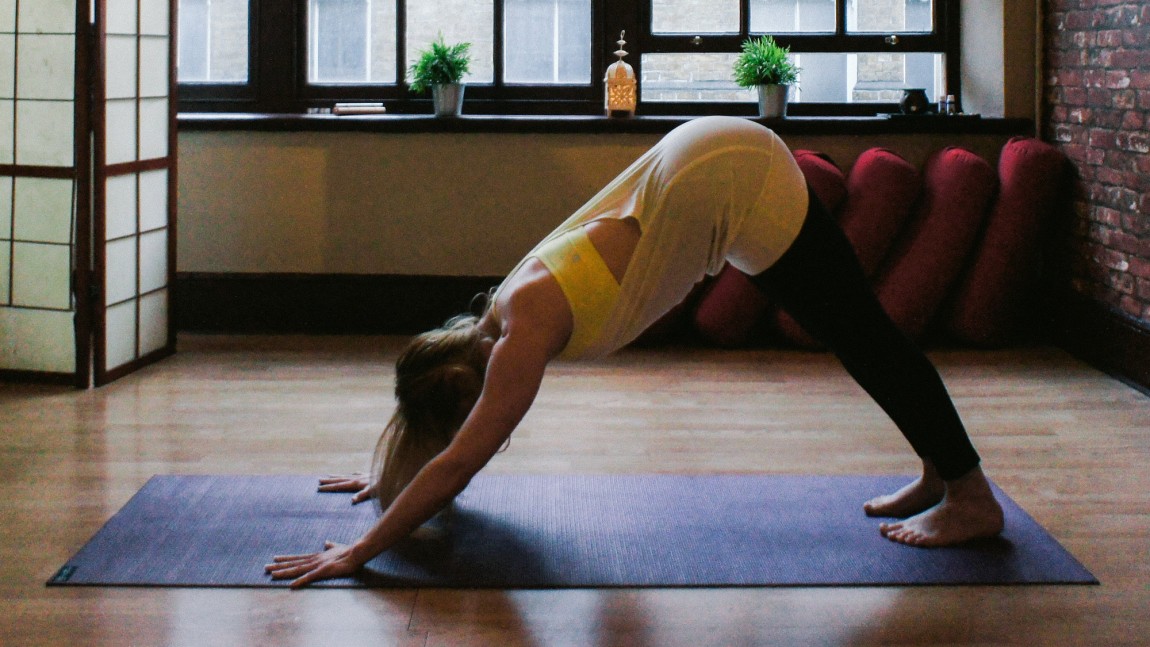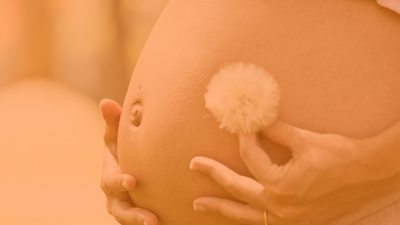Whether you choose yoga or Pilates will depend mostly on what your goals are. With Pilates, the main focus is on core strength and stability, so if you have back issues from sitting at a desk all day, or you play sports at any level, that workout will be beneficial for you. If you’re mainly aiming for increased flexibility and relaxation, yoga puts more of an emphasis on this.
Yoga has the added benefit that you can do it pretty much anywhere where you have enough space, whereas at the Pilates Klinik one of our most popular classes is Reformer Pilates, where we use resistance apparatus to achieve a greater range of motion. You could of course develop your own Pilates workout if you can’t make it to a class, but the added benefit of our group classes or one-to-one sessions is that they can give you that extra bit of motivation while ensuring you are performing the exercises correctly.
The similarities:
- Both yoga and mat Pilates can be done with little equipment.
- Both focus on using the breath properly during exercise
- Both yoga and Pilates require mental focus and can help reduce stress
In this blog we’ll be focussing on two main areas of comparison between yoga and Pilates: strength & flexibility and mental health.
Strength & flexibility
Pilates places an emphasis on core strength, yoga on flexibility. They are both great for toning and strengthening all of the muscle groups in your body, and it’s not like you’ll be sacrificing flexibility if you choose Pilates.
Yoga is the exercise most people think of when it comes to flexibility, however, and this reputation is well-earned. Pilates offers a different approach compared with yoga. Rather than stretching to improve flexibility, it focuses on why a certain muscle is tight and tries to solve the problem.
Plenty of studies have shown that yoga increases flexibility and can even improve your strength as well, but Pilates is better at strengthening the abdominal muscles, and many times more effective at tightening those hard-to-target obliques. Overall flexibility should also improve, particularly in the back, hip, and hamstrings. This arguably makes Pilates a better all-around exercise than yoga, if you had to choose just one.
Mental health
Studies conducted on a wide range of yoga practices suggest they can reduce the impact of exaggerated stress responses and may be helpful for both anxiety and depression. A yoga practice can function like many other relaxation techniques, such as meditation, mindfulness, exercise and taking time out to socialise with your friends and family. There’s also evidence that yoga can help to increase heart rate variability, which helps the body to respond to stress more flexibly.
Yoga is known for focussing on the breath, but breathing is also one of Joseph Pilates’ 8 Principles of Pilates. Any type of exercise can help relieve stress, but Pilates combines movement with breath in a fairly unique way. Every Pilates exercise involves a particular breathing pattern which improves its effectiveness, helping to supply oxygen to the muscles.
By placing an emphasis on the breath, Pilates helps you get to a place where you probably won’t be thinking about the school run or what you need to buy at the supermarket. Pilates directs your focus inward for the duration of the class, forcing you to focus on your body in the present moment, and improving your peace of mind.
Because Pilates is designed to benefit any age group and body type, our reformer pilates classes are open to all. We welcome beginners, Pilates veterans and any one in-between! (We even offer Pilates personal training for one on one pilates tuition. If you’re interested, please get in touch today, our friendly team will be more than happy to help.






Add Comment